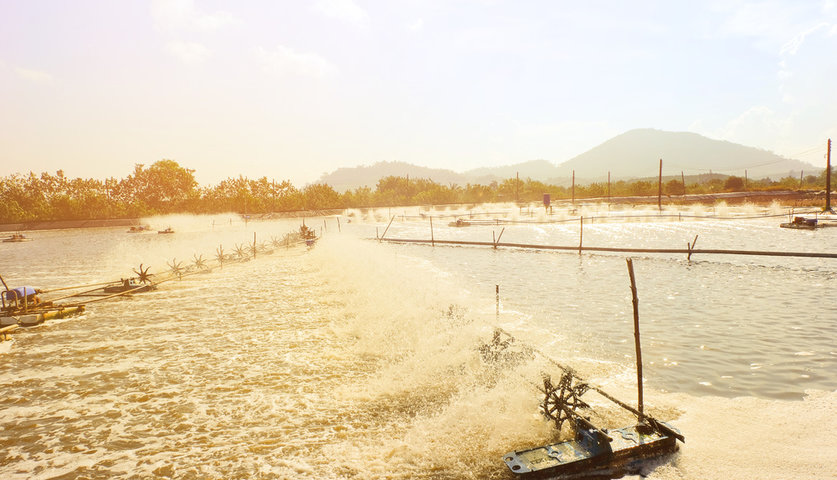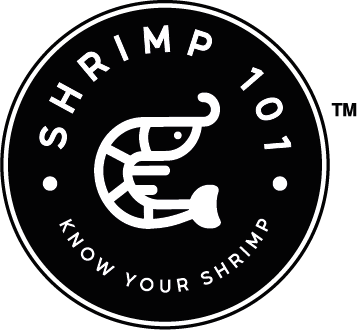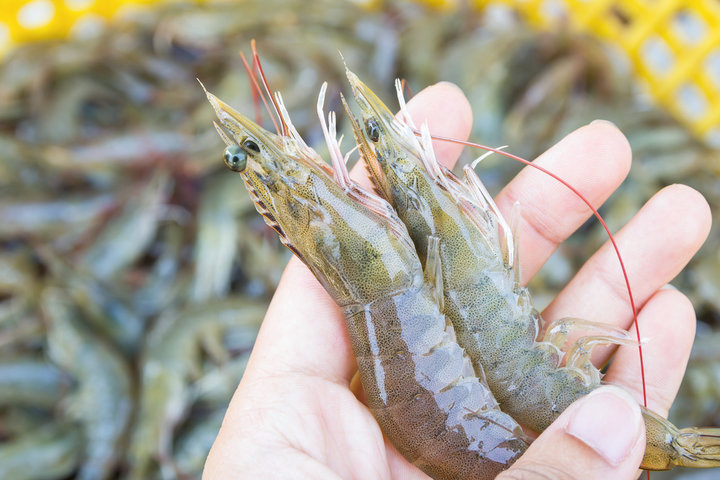Yes, shrimp farming can be sustainable, but as with all food production, there are a lot of challenges. A lot of careful management and commitment from producers and consumers is absolutely necessary.
These are the main aspects of a successful sustainable shrimp farm.
- Location: Choosing an appropriate site for a farm minimizes environmental impact. Factors like water quality, tidal flow, and ecosystem health must be considered.
- Efficient Water and Land Use: Minimize water usage and reduce the impact on local water bodies.
- Shrimp Feed : Using sustainable feed sources that reduce reliance on wild-caught fishmeal and fish oil, which can contribute to overfishing and environmental degradation.
- Biodiversity Conservation: Implementing measures to protect and enhance biodiversity, such as preserving mangrove forests and other critical habitats that support local ecosystems.
- Waste Management: Properly managing waste and effluents to prevent pollution of surrounding water bodies and minimize impacts on water quality.
- Community Engagement: Engaging with local communities to ensure social sustainability, including fair labor practices, respecting local customs, and providing economic benefits to the community.
- Certifications and Standards: Adhering to recognized certifications and standards for sustainable aquaculture practices, such as those from the Aquaculture Stewardship Council (ASC) or Global Aquaculture Alliance (GAA).
- Technology and Innovation: Embracing technological advancements and innovative practices that improve efficiency, reduce environmental impact, and enhance the overall sustainability of shrimp farming operations.
Ensuring shrimp and other seafood will be available for future generations is everyone’s responsibility. Do your research when selecting your shrimp.


